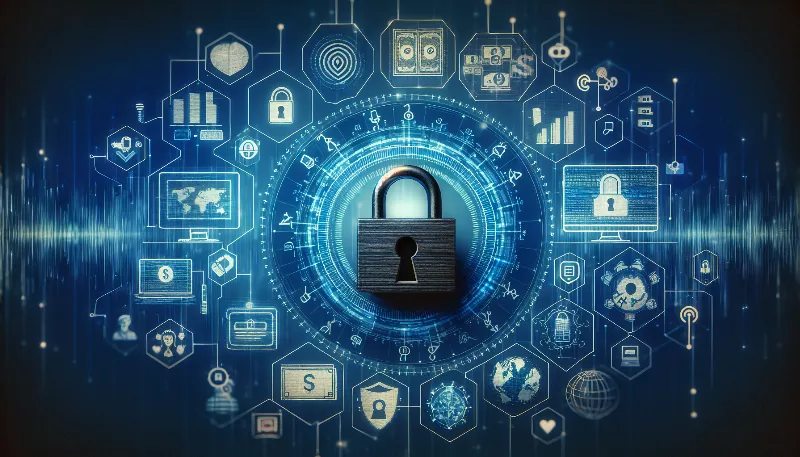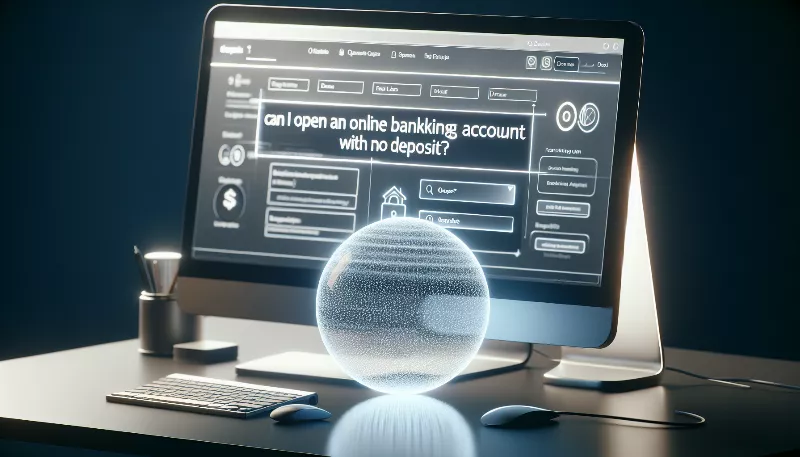Banking in the Digital Age: How Secure Are Your Online Transactions?
Discover the safety of digital banking today! Learn how secure your online transactions really are with our expert insights and tips.

Welcome to the Future of Finance!
Imagine a world where you can transfer money, pay bills, and manage your finances with just a few clicks or taps on your smartphone. Welcome to the digital age of banking! This era has revolutionized how we interact with our money, making financial transactions more convenient than ever before. But with great convenience comes great responsibility, especially when it comes to security. Let's dive into the world of online banking and discover just how secure your online transactions really are.
The Digital Fortress: Encryption & Security Protocols
First things first, let's talk about encryption. When you bank online, your financial institution uses sophisticated encryption methods to protect your data. This is like a digital fortress that shields your sensitive information from prying eyes. Banks typically employ industry-standard security protocols such as SSL (Secure Socket Layer) and TLS (Transport Layer Security) to create a secure connection between your device and their servers. So, rest assured, your online banking sessions are guarded by some of the most robust security measures out there.
Authentication: Proving It's Really You
But how do banks ensure that the person accessing your account is actually you? Enter authentication. This process verifies your identity using various methods, such as passwords, PINs, biometric scans, or one-time codes sent to your phone. Many banks have adopted two-factor authentication (2FA) or multi-factor authentication (MFA), adding an extra layer of security. This means even if someone gets hold of your password, they still need another piece of information to access your account. It's like having a double lock on your digital vault!
Monitoring and Alerts: Keeping an Eye on Your Money
Banks are not just passive fortresses; they actively monitor transactions for any unusual activity. If something seems amiss, they'll alert you immediately. You can also set up custom alerts to be notified of specific activities, such as large transactions or low balances. This constant vigilance helps catch fraud early and keeps your money safe.
Regulations and Protections: Your Safety Net
In the unlikely event that something goes wrong, there are regulations in place to protect you. For example, in many countries, if you report unauthorized transactions promptly, you may not be held liable for the losses. Banks also have their own policies to safeguard customers, often reimbursing funds lost to fraudulent activities. It's like having a safety net beneath your digital tightrope.
Best Practices: Your Role in Security
While banks do their part, you also play a crucial role in keeping your online transactions secure. Always use strong, unique passwords and never share them. Be wary of phishing scams that try to trick you into giving away your information. Keep your devices updated with the latest security patches, and only use secure networks when banking online. Think of it as wearing your digital armor whenever you go into battle against potential threats.
Conclusion: Embrace the Digital Age with Confidence
The digital age of banking offers unparalleled convenience, but it also demands heightened security awareness. Fortunately, banks are equipped with powerful tools to protect your online transactions, and with your proactive approach to security, you can bank online with confidence. So go ahead, embrace the future of finance, and enjoy the freedom and security of digital banking!









